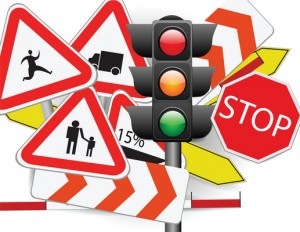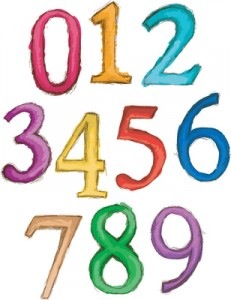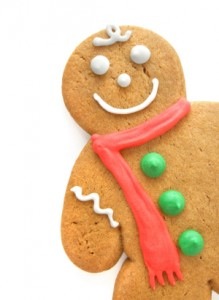 Do You Work Or Watch TV While You’re Eating?
Do You Work Or Watch TV While You’re Eating?
Where do you have your breakfast? In the car or train while you’re going to work? Maybe while you’re walking down the street juggling that plastic topped paper cup of coffee, a muffin, your books and papers, your open jacket flapping in the breeze.
Where do you eat lunch: at your desk; standing in front of the kitchen sink; in front of the computer – or maybe with your open laptop competing for lap space which then gets blessed with drips and a chunk of tomato that’s oozed out from your sandwich?
A poll of more than 1500 people (Wansink, Mindless Eating), found that:
- 91% usually watch TV when eating meals at home alone
- 62% are frequently too busy to sit down and eat
- 35% eat lunch at their desk
- 26% often eat while they drive
Distraction Vs. Weight
When you multi-task you’re distracted and distraction is the enemy of weight management (and tasting your food). Any kind of distraction can lead to:
- eating too much — a procrastination method used by many
- forgetting – or not being aware — of what you’re eating
- not knowing how much (the quantity) you’re eating;
- why you’re eating – of even if you’re really hungry.
Mindless Eating
When you’re distracted your focus is not on your food but rather on about a hundred different things. That’s the classic recipe for mindless eating.
What Can You Do?
Everyone is busy. Everyone eats. Putting the two together can lead to mindless eating and creeping weight gain (and maybe indigestion). How about making your own personal set of eating rules?
In good conscience I can’t really suggest eating without doing other things. That’s the classic recommendation but I frequently eat while I work. While that “rule” won’t work for me maybe it will for you.
Create Your Own FoodMAP
If you’re like me, perhaps you can set a rule that you’re going to serve yourself a set portion of food and that’s all you’ll eat. No seconds and no squeezing so much on your plate that you essentially have seconds without getting up for more.
Perhaps you set a snacking rule – one snack only and not before 3PM — or not before you finish whatever project you’re working on. Just do it mindfully so the whole afternoon doesn’t turn into one long episode of coffee drips and food crumbs all over your keyboard. Once relieved from unrelenting snacking you may figure out why you haven’t been hungry at dinnertime (which you would eat anyway – while checking your emails — because it’s time for dinner).
Perhaps you want to turn over a new leaf and solely concentrate on your meals. The choice is yours. The challenge is to do what is right for you, your body, and your lifestyle. Create your own FoodMAP. Just try to make mindful choices that work for you.
What’s your plan?



